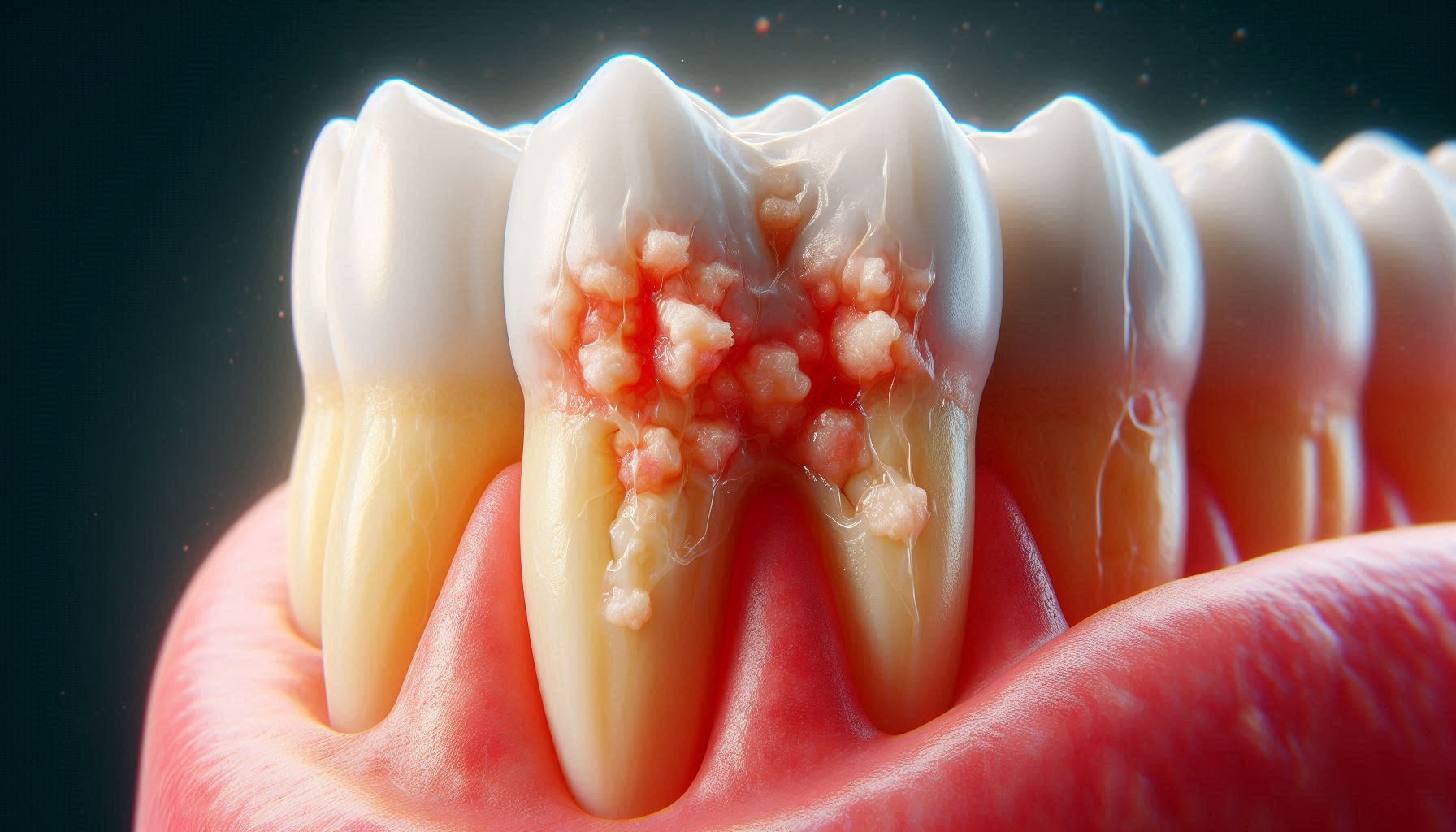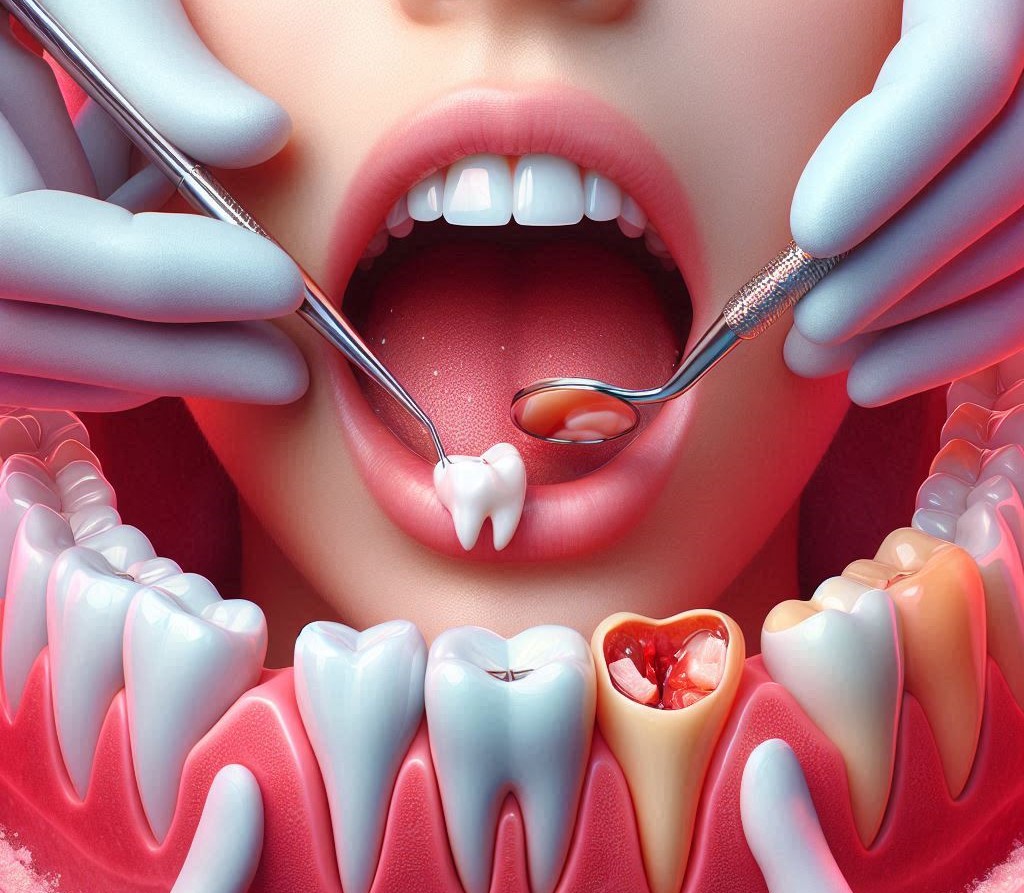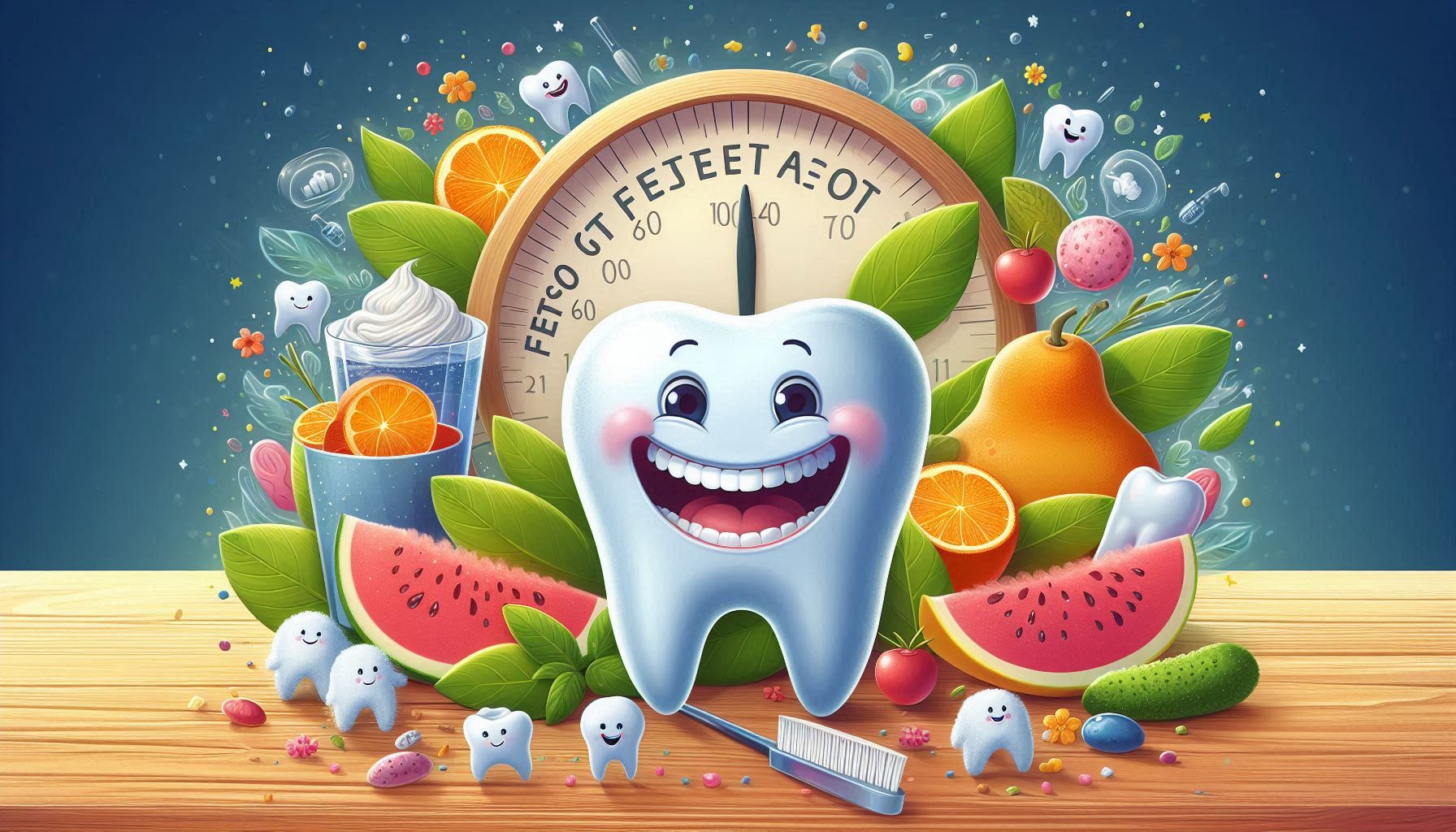When it comes to maintaining dental health, one of the most common procedures people undergo is getting a dental filling to treat cavities. Over time, dental technology has made significant strides, particularly in the materials used for fillings. Among the most popular options today are tooth-colored fillings, which offer a more aesthetically pleasing alternative to traditional silver amalgam fillings.
Tooth-colored fillings are primarily made from composite resins, which are designed to match the natural color of your teeth. While these fillings are celebrated for their cosmetic advantages, they come with their own set of pros and cons. This detailed guide aims to explore all aspects of tooth-colored fillings, including their benefits, limitations, costs, and other considerations to help you determine whether they are the right choice for your dental needs.
Understanding Tooth-Colored Fillings
Before diving into the advantages and disadvantages, it’s important to understand what exactly tooth-colored fillings are. These fillings, often made of composite resins, are designed to restore decayed or damaged teeth in a way that blends with the natural color of your teeth. Composites can be applied to a cavity or to areas of the tooth that need restoration.
Materials Used for Tooth-Colored Fillings
The primary material used for tooth-colored fillings is a composite resin that includes a blend of acrylic resin, glass particles, and sometimes silica. This blend gives the filling its ability to closely match the color and translucency of natural teeth. Over the years, composite fillings have evolved, becoming more durable and resistant to staining, though still not as durable as other materials like amalgam or porcelain.
In addition to composite resins, there are other tooth-colored materials, such as:
- Resin Ionomer Fillings: These are a less commonly used option made from a combination of glass and organic acids. While not as durable or aesthetic as composite resin, they release fluoride, which can be beneficial for dental health.
- Porcelain Fillings: Known for their durability and superior aesthetics, porcelain fillings are used in more extensive restorations. They are custom-made in a dental lab and are often used for larger cavities or areas requiring higher cosmetic standards.
- Ceramic Fillings: Ceramic fillings are similar to porcelain, but they are typically made from a stronger, more durable ceramic material. They are highly resistant to staining and can be used for both front and back teeth.
Benefits of Tooth-Colored Fillings for Aesthetic Purposes
Tooth-colored fillings are widely regarded as the best aesthetic choice for individuals seeking dental restorations that blend seamlessly with their natural teeth. Here are some specific reasons why they are considered the gold standard in cosmetic dentistry:
Natural Color and Appearance
The biggest advantage of tooth-colored composite fillings is that they match the natural color of your teeth. Traditional metal fillings, such as silver amalgam, are highly visible and can detract from the overall appearance of your smile. By contrast, composite fillings are highly customizable, allowing your dentist to select a color that closely resembles your tooth shade.
This aesthetic feature is especially beneficial for fillings placed on visible areas of the teeth, such as the front teeth or near the gumline. For individuals who are concerned with how their smile looks and want to maintain a natural appearance, composite fillings provide an almost invisible restoration.
Customization for Individual Needs
Composite materials allow for a high degree of customization, not just in color, but in texture and shape as well. Dentists can apply the material in layers, which makes it easier to match the natural translucency of teeth. For instance, they can use a light-shaded composite material to replicate the natural gradient of a tooth, with a darker shade near the tooth’s center and lighter shades toward the edges.
This customization ensures that the restoration is both functional and aesthetically pleasing. For more complex restorations, dentists can build the composite to replicate the tooth’s natural contours, so the filling blends in with the overall dental structure.
Better for Small to Medium Fillings
Tooth-colored fillings are often the best option for small to medium-sized cavities, particularly when placed in visible areas. Due to their malleability, they can be easily molded to fit the cavity perfectly. This is especially useful for cavities near the front of the mouth or along the smile line.
Less Drilling Required
In some cases, composite fillings may require less tooth removal compared to amalgam fillings. The composite material bonds directly to the tooth structure, which means the dentist doesn’t have to remove as much of the healthy tooth tissue. This is a particularly important factor for patients who wish to retain as much of their natural tooth structure as possible.
For larger cavities, the advantages of composite fillings begin to diminish when compared to materials like porcelain or amalgam, which can provide greater durability and resistance to wear.
Limitations of Tooth-Colored Fillings
While tooth-colored fillings offer aesthetic benefits, they come with certain limitations that may make them less suitable for certain patients or situations. It is crucial to weigh these disadvantages against the benefits when deciding if composite fillings are right for you.
Durability Concerns
Composite fillings, while durable, are generally not as long-lasting or robust as other materials like silver amalgam or porcelain. Composite fillings can wear down more quickly, particularly in areas subjected to heavy chewing pressure. They are not as resistant to abrasion or wear and tear, which can lead to degradation over time, especially on back teeth.
- Wear and Tear: The surface of composite fillings can become rougher with regular use, increasing the likelihood of plaque buildup and staining. This can lead to a filling that loses its smooth, natural appearance.
- Chewing Pressure: The back molars, which are used for chewing harder foods, put a significant amount of pressure on fillings. Over time, this can cause composite fillings to crack or wear out. While they can perform well for smaller fillings in non-stressful areas, they are not as suitable for large cavities in the back teeth.
Potential for Staining and Discoloration
Composite fillings are more susceptible to staining than other materials, particularly when exposed to substances like coffee, tea, red wine, and tobacco. Although newer formulations of composite resins are more resistant to staining, the materials remain somewhat porous and can discolor over time.
In addition to external stains from food and drink, composite fillings can also lose their initial glossy sheen. The resin material can wear down or absorb liquids from the mouth, causing the filling to appear dull or mismatched with the surrounding teeth.
To mitigate this, it’s important to maintain good oral hygiene practices and avoid excessive consumption of staining foods and drinks. Regular professional cleanings can also help preserve the appearance of composite fillings.
Limited Lifespan
The lifespan of composite fillings generally ranges from 5 to 7 years, though this can vary depending on factors like the size of the cavity, the location of the filling, and the patient’s oral habits. In contrast, amalgam fillings can last anywhere from 10 to 15 years or more, making them a more durable option for patients who want long-term solutions.
Over time, composite fillings may need to be replaced due to wear, staining, or structural damage. In some cases, a composite filling may crack or become loose, requiring professional intervention to repair or replace it.
Sensitivity to Temperature Changes
Composite fillings are made from a combination of resin and glass, which means they can expand and contract when exposed to hot or cold foods and drinks. This can lead to slight gaps forming between the filling and the tooth, resulting in sensitivity or discomfort, especially in larger fillings.
While this issue is generally more prominent in larger fillings or fillings located on the molars, it can still be a concern for anyone with composite fillings. Over time, the repeated expansion and contraction can lead to microfractures or the failure of the filling.
Cost Comparison with Other Materials
One of the factors that often influences a patient’s choice of dental filling is cost. Tooth-colored fillings are generally more expensive than amalgam fillings, but they are also less expensive than porcelain inlays or crowns. Below is a more detailed look at the costs involved with composite fillings compared to other common dental materials.
Composite Fillings
- Cost Range: $150 to $300 per tooth.
- Insurance: Many dental insurance plans offer partial coverage for composite fillings, though coverage may vary depending on whether the filling is placed in a visible area or if it’s for cosmetic reasons.
- Advantages: They are typically more affordable than porcelain fillings but offer an excellent balance of aesthetics and functionality for smaller cavities.
Amalgam Fillings
- Cost Range: $100 to $200 per tooth.
- Advantages: Amalgam fillings are much less expensive than composite and porcelain fillings. They are highly durable and typically last much longer.
- Disadvantages: Although cheaper, amalgam fillings are visible and can negatively impact the aesthetics of your smile, which may be a concern for patients seeking more discreet restorations.
Porcelain Fillings (Inlays/Onlays)
- Cost Range: $500 to $2,000 per tooth.
- Advantages: Porcelain fillings offer the best in terms of aesthetics and durability. They are more resistant to wear and staining than composite fillings and can be custom-made to fit the tooth’s contours.
- Disadvantages: These fillings are considerably more expensive than both composite and amalgam fillings. Additionally, they require multiple visits to the dentist and a lab to create the custom restoration.
Resin Ionomer Fillings
- Cost Range: $100 to $250 per tooth.
- Advantages: Resin ionomer fillings are relatively affordable and release fluoride, which can help protect the tooth from further decay.
- Disadvantages: They are not as durable or aesthetic as composite fillings and are typically used for small, non-visible cavities.
Factors to Consider When Choosing Tooth-Colored Fillings
The decision of whether to choose tooth-colored composite fillings or another material depends on several factors. Here are some important considerations:
Location and Size of the Cavity
- Front Teeth: Composite fillings are ideal for front teeth and other visible areas due to their natural appearance.
- Back Teeth: If you are getting a filling in the back teeth, which experience a lot of chewing pressure, you might want to consider porcelain or amalgam fillings for added durability.
Your Oral Health Habits
- Grinding Teeth (Bruxism): People who grind their teeth may find that composite fillings wear down more quickly. Porcelain or amalgam might be better options for people with bruxism.
- Oral Hygiene: Proper brushing and flossing can prolong the life of composite fillings, but poor oral hygiene can lead to staining or premature failure.
Budget
While composite fillings may be more affordable than porcelain, they still tend to be more expensive than amalgam. Assessing your dental budget and insurance coverage is important in making an informed decision.
Conclusion
Tooth-colored fillings offer an excellent solution for those seeking a more natural appearance in their dental work. They are ideal for smaller fillings, especially in visible areas, and can be customized to match the natural color and texture of the tooth. However, their durability is a concern, especially in larger fillings or areas subjected to heavy chewing forces.
Ultimately, tooth-colored fillings are an excellent choice for those who prioritize aesthetics and are willing to replace them more frequently. If you need a more durable or long-lasting solution, you might want to consider alternatives like amalgam or porcelain. Discussing your needs with your dentist will help ensure that you select the right filling material for your specific dental requirements.
SOURCES
Adams, R. (2019). Advancements in composite resin technology for dental restorations: A comprehensive overview. Journal of Dental Materials, 33(4), 214-227.
Brown, K., & Smith, J. (2021). The aesthetic impact of tooth-colored fillings: A review of cosmetic dental solutions. Journal of Cosmetic Dentistry, 45(2), 101-112.
Clark, T. L., & Miller, D. J. (2018). Long-term durability of dental fillings: A comparison of materials used in modern dentistry. Clinical Oral Investigations, 22(6), 1599-1606.
Gonzalez, A. M. (2020). Tooth-colored fillings: Benefits and limitations in modern restorative dentistry. Journal of the American Dental Association, 151(3), 187-196.
Johnson, P. F., Lee, A. K., & Martinez, E. (2022). Cost analysis of dental fillings: A comparison of materials and longevity. International Journal of Dental Economics, 39(7), 1225-1236.
Nguyen, D., & Williams, M. L. (2017). Porcelain vs. composite: A comprehensive cost-benefit analysis of dental filling materials. Dental Health Review, 58(1), 88-96.
Patel, R. S. (2023). Durability and maintenance of tooth-colored fillings in the molars: A clinical perspective. Journal of Restorative Dentistry, 12(4), 320-329.
Robinson, H. T., & Clark, J. W. (2019). Managing tooth decay with composite fillings: Patient satisfaction and aesthetic considerations. Journal of Dentistry and Oral Health, 11(5), 72-80.
Singh, V. K., Chavez, L. R., & Kumar, S. (2021). The evolution of tooth-colored fillings: Material science and aesthetic considerations in restorative dentistry. Journal of Applied Dental Sciences, 17(3), 98-107.
Taylor, J. S., & Wilson, A. B. (2020). The rise of composite resin fillings in modern dentistry: Benefits and challenges. The International Journal of Dentistry and Oral Surgery, 56(4), 452-460.
HISTORY
Current Version
February 20, 2025
Written By:
SUMMIYAH MAHMOOD




